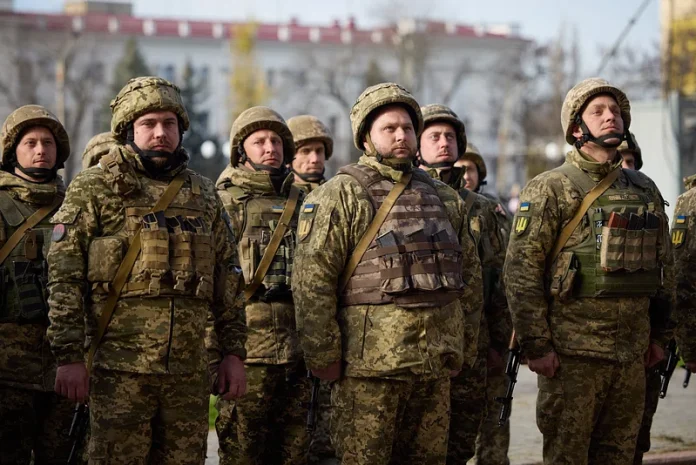
“LONDON will be targeted first.” The words, spoken by retired General Andrey Gurulyov on Russian state television in July 2024, were no hot air. They presented a grim picture of escalation in the event of Moscow’s conflict with NATO spreading to world war. Gurulyov’s statement, combined with Russia’s troop build-up in the Baltic and its policy of energy warfare, has concentrated the minds of defense analysts on flashpoints that might lead to all-out war.
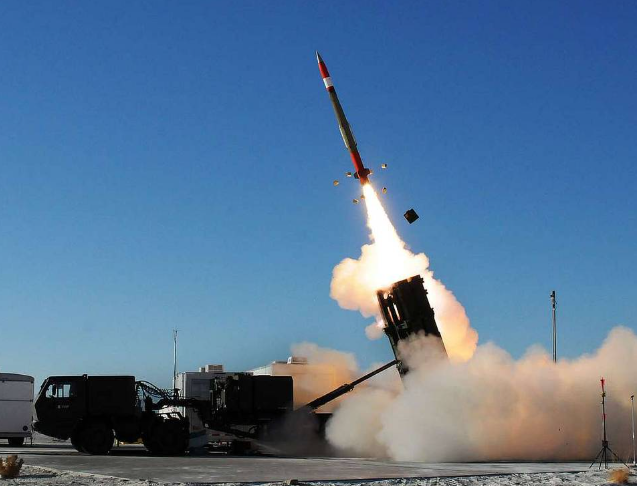
As long as Russian initiatives have been confined to Ukrainian territory since the grand invasion of Ukraine in 2022, Russian initiatives have not proceeded far enough to directly undermine the cohesion of the alliance. NATO’s eastern border is however thin-stretched, Europe’s energy corridors are exposed, and Kaliningrad’s military build-up directly contradicts the cohesion of the alliance. The combination of them all has produced a volatile mix, wherein strategic corridors, missile defense, and strategic infrastructure are all potential catalysts.
The following is a detailed look at seven inbuilt high-risk factors inherent in Russia’s changing military calculus each with far-reaching implications for NATO preparedness and European security.
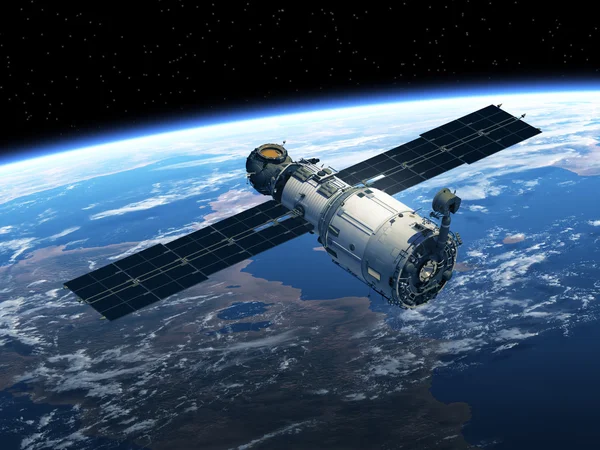
1. London as the Primary Strike Target
Gurulyov expunged from consideration in his initial plans Paris, Warsaw, and Berlin as major objectives in his television speech, asserting instead that “the first to be hit will be London.” His rationale rested on the belief that Anglo-Saxon powers are responsible for the threat to international stability. Symbolically and strategically it makes sense: Britain would be an immediate affront to NATO nuclear-armed leadership and its intelligence network.
Such an action would avoid continental Europe in the first instance with the purpose of breaking alliance spirits. Gurulyov’s progression disabling NATO satellite systems, destroying anti-missile defense systems, and finally attacking essential infrastructure emphasizes Russia’s focus on shutting down command-and-control before resorting to wider territorial actions.
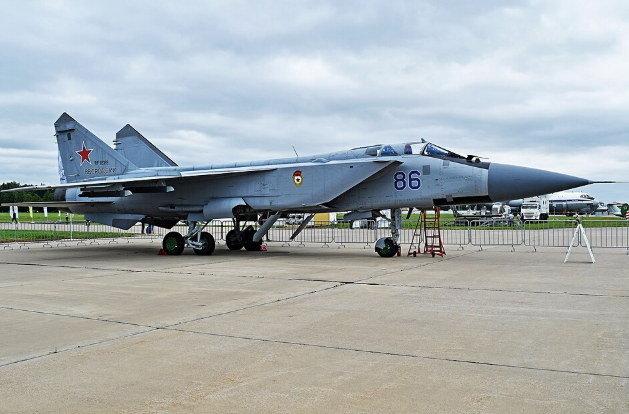
2. Kaliningrad’s Role in Escalation
Kaliningrad Oblast, Russia’s military high-profile exclave between Poland and Lithuania, is commonly referred to as the Kremlin’s “unsinkable aircraft carrier.” It is home to Iskander missiles, MiG-31 interceptors carrying Kinzhal hypersonic missiles, and the Baltic Fleet’s principal base. Its geographic location allows for anti-access/area-denial (A2/AD) missions that are likely to stop NATO reinforcements from reaching the Baltic states.
Analysts assert that during a crisis, Russia could strive to connect Kaliningrad with Belarus through the Suwałki Gap, cutting NATO’s terrestrial access to Lithuania, Latvia, and Estonia. This would encircle forward-deployed NATO troops and make relief more difficult, with the alliance having to deal with multi-layered missile defense and protected air space.

3. The Suwałki Gap Vulnerability
The Suwalki Corridor, a 62-kilometer-wide gap between Lithuania and Poland, remains the weakest link in NATO’s connection to its Baltic allies. It is situated between Belarus and Kaliningrad, and it is a natural chokepoint. Exercises such as Steadfast Defender 2024, with 90,000 troops, have clearly established NATO’s awareness of the threat.
The strip’s sparse infrastructure two highways and a single railroad would be readily interrupted. NATO would have to depend on Baltic Sea routes, themselves exposed to Kaliningrad’s missile umbrella, for control of the strip. Topography and logistics combine to render defense of the gap difficult.

4. Energy Infrastructure as a Battlefield
Russia’s hybrid war is applied to European energy networks. In June 2025, the NATO Assistant Secretary General Jean-Charles Ellermann-Kingombe cautioned that “European energy infrastructure is a priority target for Russia.” The EstLink 2 cable intentionally severed by a Russian-affiliated ship is one such example of seafloor connectors’ vulnerability.
Europe’s 40-year-old typical electricity network is at risk both from delays in modernization and from vulnerability to sabotage. Sabotage attacks on cables, pipelines, and wind connectors off shore can lock up economies and military supply lines. Armoured retrofit and burial under the seabed are only partial protections against almost anything except the very best tools and bombs, which were used on Nord Stream.
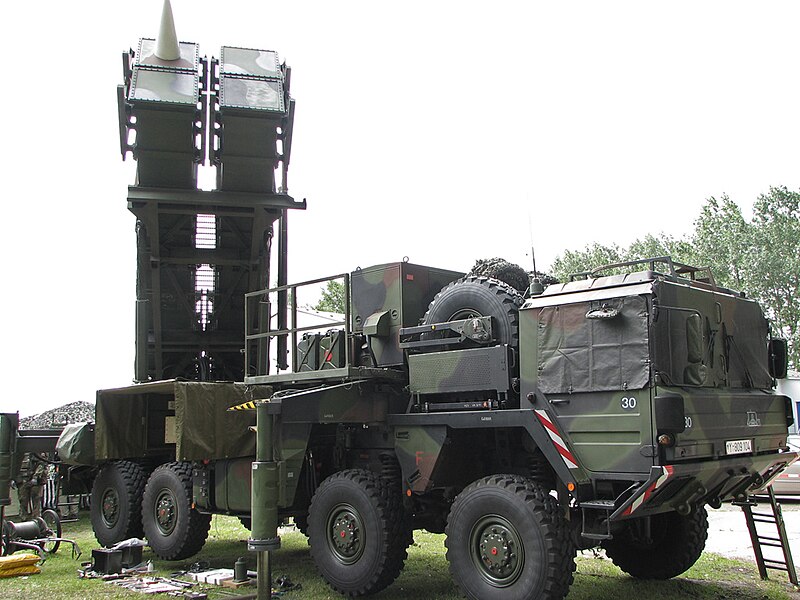
5. NATO Missile Defense Tensions
Missile defense has also long been a point of contention between NATO and Moscow. The European Phased Adaptive Approach (EPAA) led by the United States, deploying SM-3 interceptors to Romania and Poland, is technically directed against Iranian and North Korean threats. Russia feels that follow-on phases reduce its strategic deterrent.
Cooperation attempts joint fusion centers, transparency initiatives, and observer interceptor tests have stalled over Moscow’s insistence on a legal assurance that the defenses of NATO will not intercept Russian missiles. The stand-off maintains mutual suspicion, and in Gurulyov’s model, the disabling of the NATO anti-missile system is the condition precedent to any attack.

6. Baltic States’ Defensive Build-Up
Since the Russian occupation of Crimea, Estonia, Latvia, and Lithuania have exceeded the NATO target of 2% GDP on defense spending. Lithuania reinstated conscript service, and in January 2024, the three nations signed a memorandum to build 600 bunkers along their eastern borders.
These steps try to pre-empt possible penetrations using Russian-speaking minorities or swift armored advances. Combined defensive line, partly natural geography, is informed by lessons from Ukraine’s battlefield where dispersed defenses and assets have been repelling offensives despite more firepower.
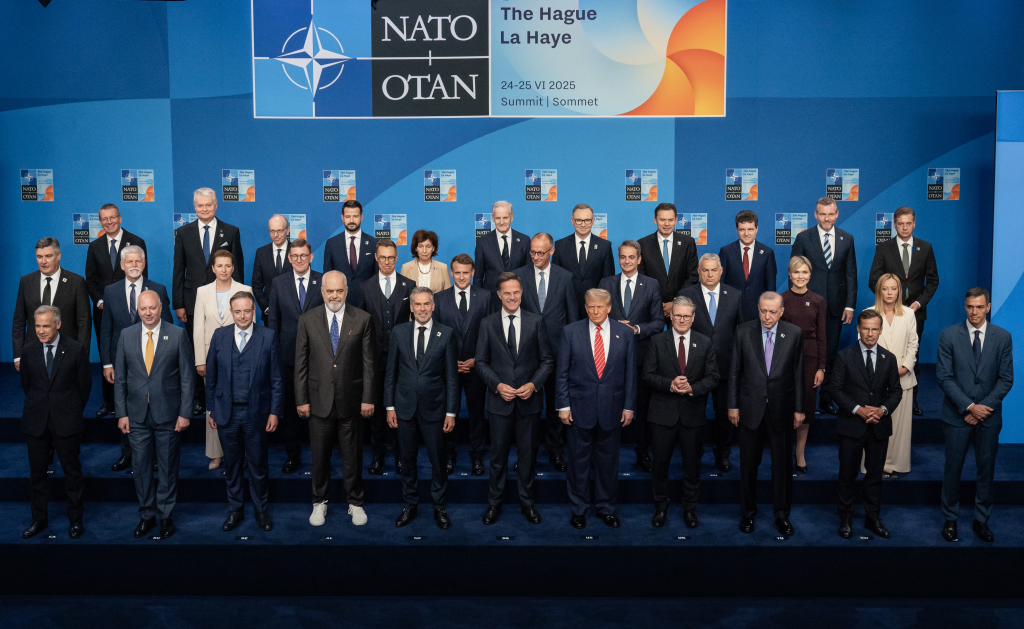
7. Cyber and Critical Infrastructure Resilience
NATO has identified the cyber domain as a theater of operations, but its Integrated Cyber Defense Center will not be operational until 2028. Meanwhile, Russia’s demonstration of the ability to integrate cyberattacks with kinetic action will present extremely acute threats to military-critical infrastructure.
Recommendations are “zero trust” architectures, sector-specific NATO-private councils, and coordinated cyber-offensive operations with kinetic plans. Without them, port, rail, and telecommunications networks can be shut down in the first few days of a war, inhibiting the mobilization of troops and logistics.
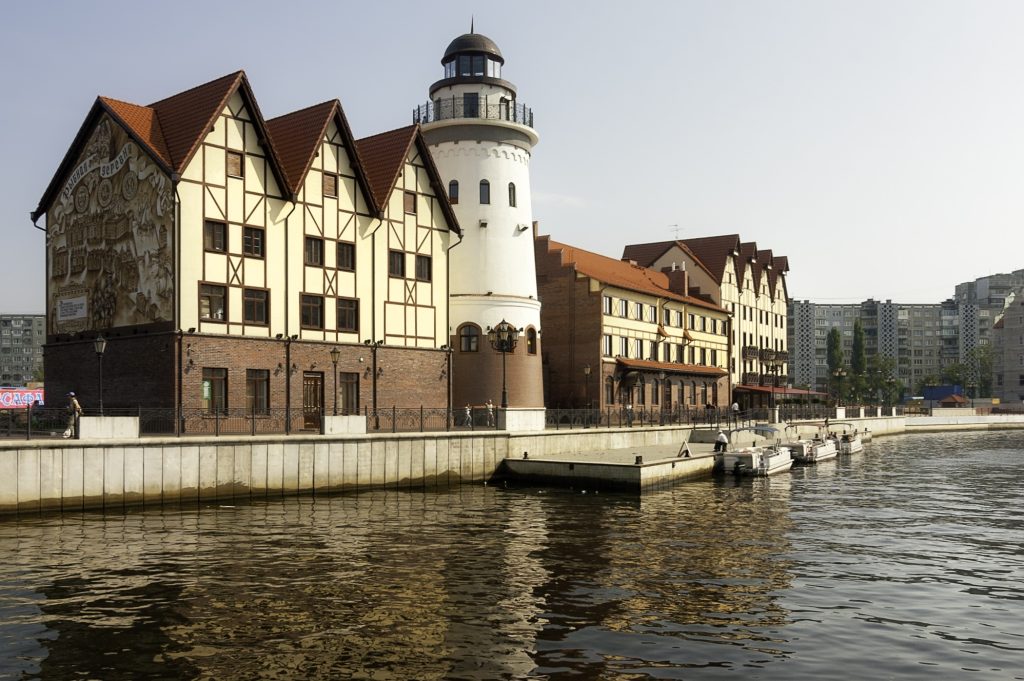
The convergence of these hot spots London as a strike target, Kaliningrad’s use of military pressure, the vulnerability of the Suwałki Gap, energy infrastructure vulnerabilities, tensions surrounding missile defense, Baltic defenses, and cyber vulnerabilities is a dire snapshot of Europe’s strategic posture. All are potential tinder points in a wider conflict between Russia and NATO. Defense planners are not only challenged to develop those shortcomings but also by the task of predicting how they could be paired to be employed in ways which generate cascading crises based on solo vulnerabilities.
